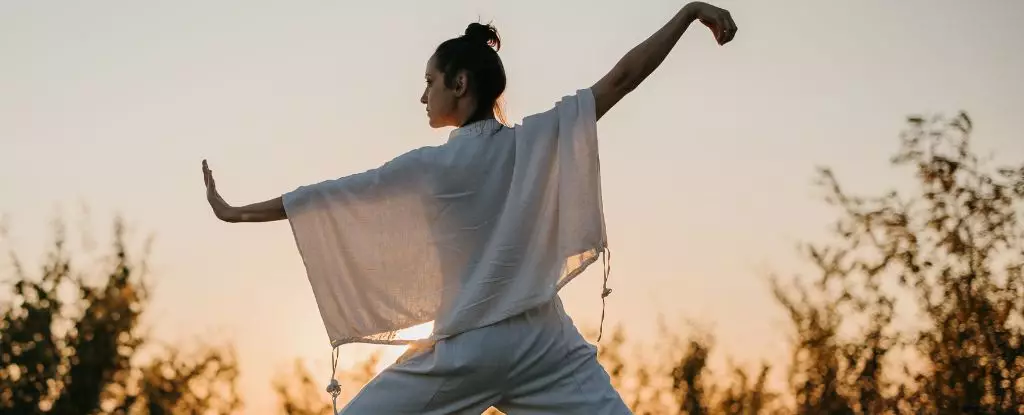Insomnia remains one of the most pervasive sleep disorders, plaguing a significant portion of the adult population worldwide. Despite the proliferation of pharmaceutical treatments and complex therapies, many still grapple with restless nights that diminish their quality of life. In a landscape where medication often comes with adverse effects and high costs, a natural, low-effort, and budget-friendly approach is gaining recognition: regular exercise. Recent research underscores that achievable physical activities—such as yoga, Tai Chi, walking, and jogging—can serve as potent tools in the fight against insomnia. Their accessibility makes them particularly appealing, especially for those discouraged by the intimidating commitment required by traditional treatments.
Unlike intense workout regimes that demand significant time and financial investment, these exercises are remarkably simple to incorporate into daily routines. Striking a balance between physical activity and mental relaxation, they could revolutionize how we approach sleep health. While the causal relationship isn’t definitively established, the aggregation of data from multiple studies presents a compelling narrative: modest, consistent movement holds promise for improving sleep quality and duration. This insight challenges the misconception that only rigorous exercise can yield sleep benefits, encouraging a broader demographic to consider physical activity as part of their sleep hygiene arsenal.
The Unique Benefits of Different Gentle Exercises
Diving deeper into the specific types of activity reveals nuanced benefits that can cater to individual preferences and needs. Yoga and Tai Chi, for example, emerge as particularly effective in fostering long-term improvements in sleep architecture. Yoga, often celebrated for its calming influence, enhances subjective sleep quality through its emphasis on mindfulness, controlled breathing, and body awareness. Scientific evidence hints at its neurophysiological effects, such as increased gamma-aminobutyric acid (GABA) activity—the brain’s primary calming neurotransmitter—and the reduction of anxiety-driven hyperactivation of the amygdala. These mechanisms clarify why yoga can alleviate anxiety and depressive symptoms that often serve as barriers to restful sleep.
Tai Chi, frequently described as “meditation in motion,” offers a different yet equally compelling set of benefits. Its slow, deliberate movements promote relaxation, stability, and a meditative focus that collectively improve sleep initiation and maintenance. Notably, long-term practitioners experience an average increase of approximately 50 minutes of sleep, alongside quicker times to fall asleep and more stable sleep architecture. This suggests that Tai Chi not only provides immediate sedative effects but also cultivates enduring improvements—an essential factor for those who have struggled with chronic insomnia.
On the more straightforward end of the spectrum are walking and jogging, activities that seemingly require minimal instruction or equipment. These forms of exercise are associated with increased energy expenditure and the stimulation of melatonin, the hormone critical for regulating sleep-wake cycles. Their benefits extend beyond sleep—they can also reduce daytime fatigue and improve overall mood. The simplicity of these activities makes them particularly appealing, especially for individuals who find structured classes intimidating or unaffordable.
Why Physical Activity Works—Beyond Just Moving
While the idea that exercise promotes sleep is well-established, what sets these specific activities apart is their ability to target underlying mechanisms that interfere with restful sleep. Yoga’s emphasis on breathing and attentional control can reduce physiological hyperarousal and emotional distress. Similarly, Tai Chi’s meditative qualities encourage a calm mental state that’s conducive to sleep. Walking and jogging, on the other hand, influence circadian rhythms by increasing melatonin production and decreasing evening hyperarousal caused by accumulated daytime stress.
The interplay between physical activity and neurobiological processes suggests a holistic approach: these exercises do more than tire the body—they modulate brain chemistry, relax neural circuits, and foster mental tranquility. This multi-pronged effect makes them potent non-pharmacological interventions suitable for diverse populations, from stressed professionals to elderly individuals seeking gentle but effective treatments. Moreover, their low barrier to entry democratizes access to better sleep, democratizing health in a way that traditional therapies often cannot.
Furthermore, implementing these activities may prevent the cascade of further health issues linked to insomnia—ranging from cognitive decline to cardiovascular diseases. As sleep quality improves, so too does the immune response, mood regulation, and overall vitality. For skeptics or those who have repeatedly failed with conventional approaches, integrating light exercise routines could serve as a game-changer—an empowering step toward reclaiming restful nights and brighter days.


Leave a Reply